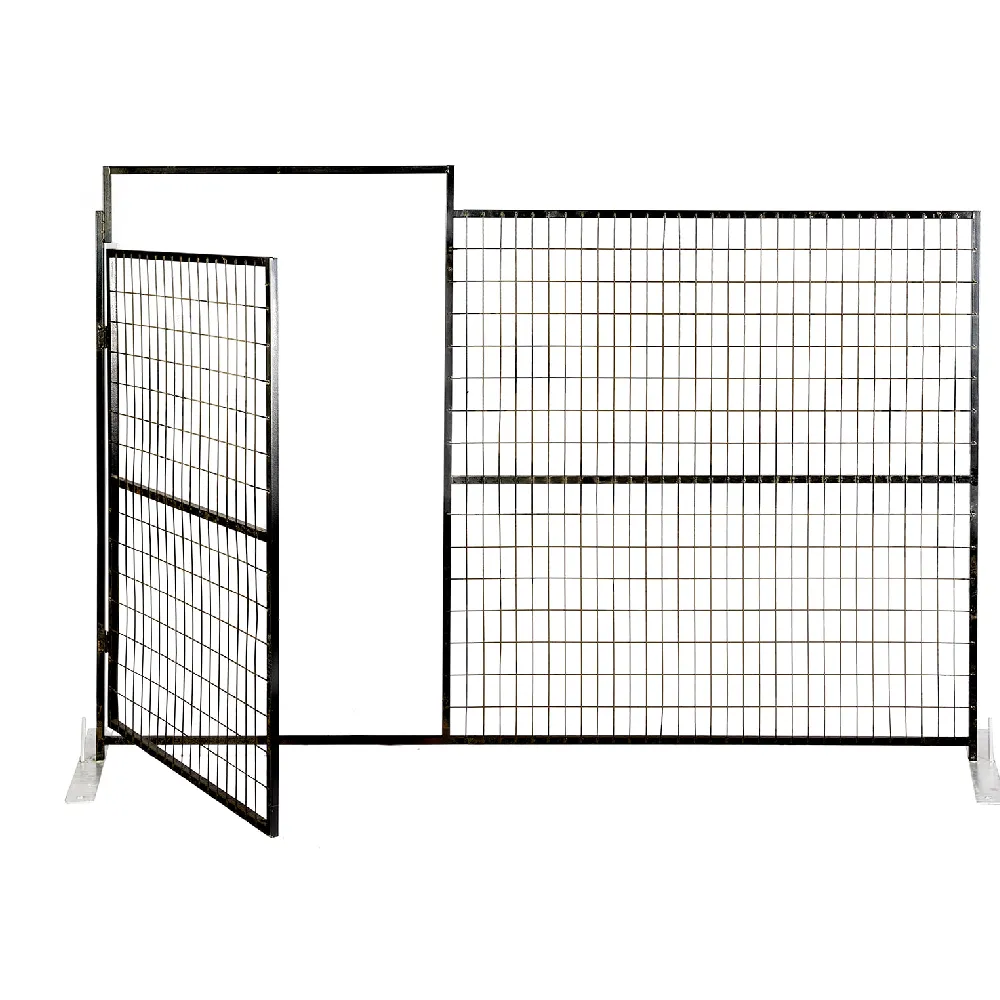Installing a temporary fence is a practical and efficient way to secure a site, manage crowds, or define boundaries for events, construction projects, or safety purposes. The process begins with careful planning, including measuring the area to determine the amount of fencing needed and identifying any obstacles or uneven terrain that may affect installation. Temporary fences commonly consist of modular panels made from materials such as galvanized steel or lightweight mesh, supported by sturdy bases or feet that do not require permanent digging or concrete footing. Installation starts by positioning the base supports evenly along the desired fence line, ensuring they are stable and level. Next, fence panels are placed into the bases and connected together using clamps, clips, or fastening brackets to create a continuous barrier. For added security, panels can be anchored with weights or tied to existing structures, and gates can be incorporated to allow controlled access points. Because temporary fences are designed for quick assembly and disassembly, tools needed are usually minimal—often just wrenches or pliers for tightening connectors. It is important to follow local regulations and safety guidelines, including obtaining necessary permits and ensuring the fence height and visibility comply with standards. Proper installation also involves inspecting the fence regularly for stability and repairing any loose connections to maintain effectiveness. Temporary fencing offers flexibility in configuration, allowing adjustments for irregular shapes or slopes by angling panels or adding support where needed. Overall, installing a temporary fence provides a versatile and cost-effective solution for short-term security, crowd control, or site management, balancing ease of setup with durability and functionality.








